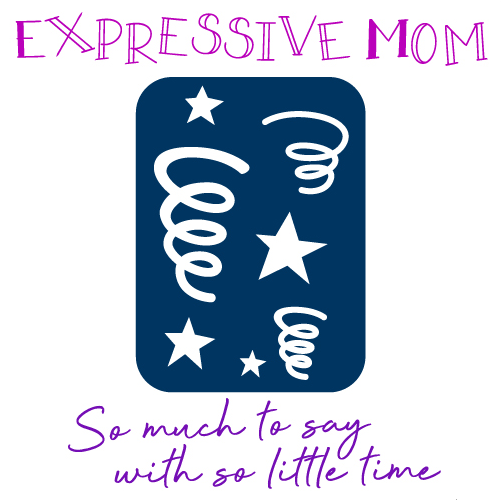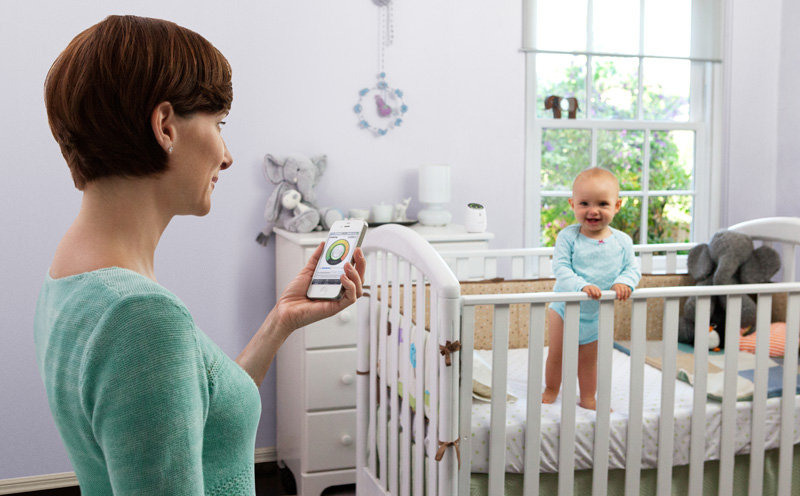Thanks to competition, we are now faced with a plethora of product options with features ranging from the traditional to the digital. Of course, baby monitors are of no exception. If you’re looking to buy your first baby’s first monitor, then here are some tips to share.
- What kind of monitor do you need?
Audio Monitors
Baby monitors are designed to help you keep tabs on your baby even if you are not in the same room. The cheapest monitor that you can find would be audio only. This means that it is bereft of any other technologically advanced features. You will only know how your baby is doing based on the sound coming from the transmitter, which is inside the room. If you must go with an audio-only monitor, then it is best to place it about 3 to 10 feet from the baby’s crib.
Video Monitors
Video monitors allow you to see what baby is doing even when you’re in another room. You need to install the video monitor in a place where it can get a good image of the baby. Trial and error would help you identify the best distance.
Sensor Monitors
Sensor monitors, on the other hand, can track your baby’s movements, body temperature, position, oxygen level and heart rate. For these kinds of monitors, they would have to be placed under a mattress or on your baby’s body. It is best to read the manufacturer’s instructions for safety guidelines.
- How secure is it?
The problem with inexpensive analog monitors is that they’re not secure. Anyone can listen to the signal as long as he/she is within range. On the other hand, digital monitors encrypt the signals. Some even have digital locks to encrypt video images as well. If you are very concerned with security, then look for models that use Digital Enhanced Cordless Technology (DECT).
Multiple transmitters and receivers
Wouldn’t it be nice to have baby monitors that come with two receivers and/or transmitters? Multiple transmitters and receivers are handy when you’re raising toddlers and you want to cover as much space as possible. Toddlers tend to run from one room to the other while you’re busy doing other things. If there are no multiple transmitters and receivers included upon purchase, there are certain brands that will allow you to buy them with additional charge.
Other safety features
What if you’re doing the laundry or vacuuming? You won’t hear your baby monitor then, right? Not to worry, you can opt to buy those with sound-activated lights.
Another consideration would be the battery life. Almost all monitors today come with rechargeable parent units. Some may run for seven hours while others can go as long as 20 hours. As much as possible, try to avoid parent units that are not rechargeable.
Now that all your cards are on the table, which baby monitor would you choose?




Connect With Me !